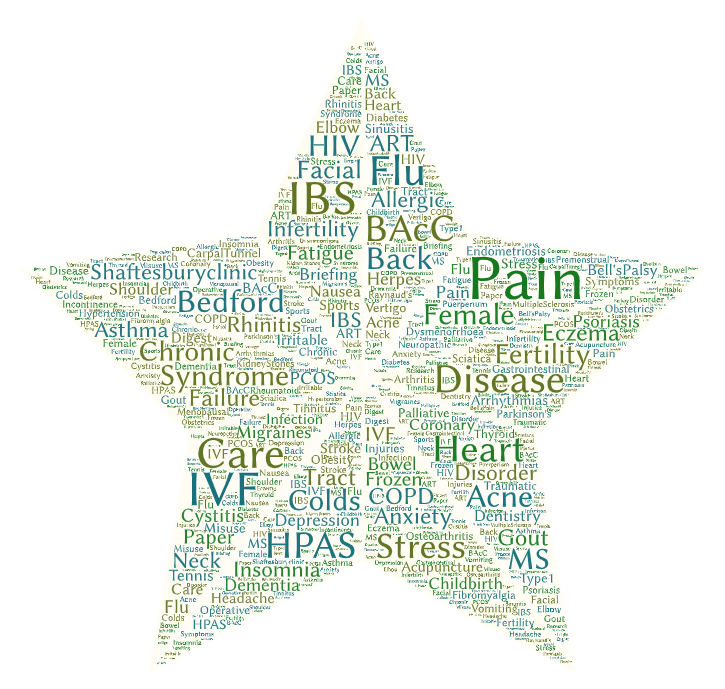Important to know: Chronic health conditions should be addressed under direct medical supervision of your GP or consultant, and acupuncture would be an adjunct or complement to usual care – we advise that you let you doctor know when you use this approach.
Acupuncture is a safe and popular choice during pregnancy, our practitioners have worked with very many pregnant women at all stages of pregnancy over the years. It is important that your midwife/obstetrician is happy with this approach, and we have had many direct recommendations to us, from local midwives over the years.
There is an interesting video from the British Acupuncture Council with a patient regarding hyperemesis gravidarum (severe morning sickness) and her use of acupuncture, showing a treatment and discussion with her acupuncturist: you can see it here
The BAcC has a factsheet on the research and use of acupuncture in Obstetrics, as well as one on Childbirth, and on Puerperium (post natal period)
Acupuncture is safe in pregnancy with a qualified acupuncturist.
Research and Resources on Pregnancy and Acupuncture:
A scholarly search of the available research studies mentioning “acupuncture and pregnancy” reveals over 45,00 papers from journals, of these “RCT” narrows down to 5,280 papers. Of the RCT’s ever published in this area, 38% have been published in the last 4 years (since 2017). A number of systematic reviews have been done for acupuncture in particular issues of pregnancy (see below). From this abundance of research, we can deduce that acupuncture is employed, traditionally and currently in this area; widely scientifically researched, and that the pace at which the research is being carried is increasing – leading us to understand this is an area that has been deemed worthy of scientific appraisal and consideration.
Interpreting the research:
When reading health research, it is important to know that Systematic Reviews or Meta Analyses of a large number of high-quality research studies are the very best way to be able to say to what extent a given treatment can address a condition, symptom, or set of symptoms. The next best level of evidence is the individual Randomised Controlled Study (RCT) which uses a systematic technique to compare two or more groups of patients receiving different treatments (or a treatment against a “control”, or no treatment). In acupuncture trials, the nature of the control group is of particular interest as it is hard to blind a patient to whether they are having a needle inserted or not, and even more challenging to blind the researcher/team to this.
The means and quality of how research is carried out varies considerably from country to country, and in terms of how an intervention is compared to another intervention (or a control). Of note is the fact that “sham” acupuncture (where needles are placed in apparently inert locations rather than traditional acupuncture points) is not really an inert process as it has physiological effects, so that comparing sham and “true acupuncture” may therefore not give a clear picture alone; but and form a part of a research body where acupuncture versus no treatment, vs conventional treatment or vs a different approach/modality also form part of the evidence base.
The n= figure (where quoted in research) tells you how many people were participants in the study, and usually the larger a study (when it is of good quality and design), the more likely it is to be reliable and applicable to larger populations. When (statistical) “significance” is discussed in view of studies it has a very particular meaning – it is the confidence in the data (using statistical tests) that tells us how likely a result could have just come about by chance. The lower the possibility of a chance result, the more likely it is due to the intervention in the experiment. When you are reading a trial/study, the “p” is the number telling us of significance, and this must be under 5% (or p less than 0.05) to mean we can say it is a (statistically) “significant” result.
Breech Presentation
A common request and referral from midwives is regarding the use of moxibustion to the point Bl67, which is a traditional indication for the Breech presentation of a baby. There have been over 600 number of scientific papers in this area as seen in a scholarly search, and a number of systematic reviews in a scholarly search, showing this as an area of frequent use, as well as scientific interest. Systematic reviews that have been carried out on this are: Liao et al, (2021); Vas et al, (2009); Li et al, (2009); Van den Berg et al, (2008); Mailan et al (2009); Lee at al, (2010); Zhang et al, (2013). Full references are below, to enable to you find and access the original articles.
The most recent of these systematic reviews, carried out by Taiwanese researchers (Liao et al, 2021) looked at 16 RCT’s and n=2555, appraised the studies in terms of bias risk as well as outcome, excluding studies that were not of sufficient quality, 8 studies from China were included, and the rest from European countries. Overall they found that moxibustion had merit in this field, but that more RCT’s are needed to establish the magnitude of the effect. A systematic review found moxibustion as used in this field to be safe when carried out by a trained professional (Xu et al, 2014;
It is vital that your obstetrician and midwife are aware before you undertake acupuncture (or any complementary therapy) in pregnancy.
Induction of Labour
This is an area for which pregnant women sometimes look to information about acupuncture when they are overdue their expected deliver date, usually because they have heard mention of it from a midwife, or had a personal recommendation for someone they know.
It is vital that your obstetrician and midwife are aware before you undertake acupuncture (or any complementary therapy) in pregnancy.
Studies have been done regarding traditional acupuncture protocols for this, (a scholarly search reveals over 930 articles mentioning “acupuncture” + “labour induction” OR “labor induction”, 30% of these have been carried out since 2017.
A Cochrane systematic review of 22 trials (Smith et al, 2017), concluded that acupuncture showed some benefit in improving cervical maturity, but insufficient evidence as to whether it reduced caesarean rate, meaning more high-quality RCT trials are needed. In a more recent systematic review, Siregar et al (2020, 9 articles, n=1656) reached a similar conclusion.
Hyperemesis Gravidarum (Morning Sickness)
Studies have been done regarding traditional acupuncture protocols for this, (a scholarly search reveals over 2,200 articles mentioning “acupuncture” + “hyperemesis gravidarum”, 207 show as “RCT” and 24% of these have been carried out since 2017.
In 1996, researcher Andrew Vickers had published a review article entitled “Can Acupuncture have Specific Effects on Health? A Systematic Review of Acupuncture Antiemesis Trials” (Vickers, 1996), because the traditional anti-sickness point in acupuncture theory was PC6, he examined 33 trials of the effect of this in nausea caused by pregnancy as well as chemotherapy and post-surgery, with the research pointing to PC6 having an anti nausea effect. Of interest to note is that the car sickness wristbands that have been available to buy in chemists for a couple of decades, are intended to press upon this exact acupuncture /acupressure points, their idea being drawn from traditional acupuncture.
Systematic reviews in this area include Sridharan and Sivaramakrishnan (2020; 20 studies) which saw some benefit for the acupuncture intervention, albeit that the quality of the studies was low and warranted more trials in future; Van den Heuvel et al ‘s systematic review (2015, 29 trials, n=3519) had reached a similar conclusion. Li et al, 2017 (11 studies) also concurred, noting in addition the possible publication bias (i.e. researchers having carried out a successful study may be more likely to publish it/have it accepted for publication than are those whose study shows no effects in some spheres).
EA is a safe and effective form of therapy and was found effective for hyperemesis gravidarum (severe “morning sickness” of pregnancy) (Ezzo et al, 2006). Yan et al recently (2020) put forward a protocol for a systematic review in this area, so this is currently awaited.
Mechanism of action in nausea and vomiting: an animal model: Scallan et al (2016) investigated point PC6 on 81 healthy dogs who had drug-induces nausea and vomiting, finding that use of the point reduces vomiting. Notably in animals the placebo effect is somewhat overcome by a lack of the animal anticipating an acupuncture intervention to be of assistance.
Dyspepsia (Indigestion, Heartburn)
We have a separate page for this condition – Dyspepsia – which is common in pregnancy
Low Back Pain
We have a separate page for this condition – Low Back Pain – which is common in pregnancy
Post Caesarean Pain
We have a separate page for this condition – Post Operative Pain – which is common in pregnancy
Mental Health, Anxiety, Depression
We have separate pages for these conditions – Anxiety – Depression – Mental Health – Stress and a blog about mental health
Gestational Diabetes
The British Acupuncture’s Diabetes Factsheet also covers the research that has been done into Gestational Diabetes.
Regarding Your Individual Condition and Symptoms:
Whilst the scientific studies are of great interest to researchers and acupuncturists in terms of comparing protocols, for the patient not versed in research they are less accessible, which is why when we asked “can acupuncture work for my (condition or symptom) we are not able to give a simple yes or no response. We are able to tell you what experience we have had in our decades of experience in practise, of the types of outcomes we have seen in similar cases, and give you an idea of our level of experience and knowledge in that area, and how this could relate to your own individual situation. For this, we recommend booking a free telephone consultation where we can answer any questions you have and give a realistic appraisal of what acupuncture may be able to provide.
See our Fertility and Pregnancy page for full details on the studies and mechanisms of the above.
Resources:
The British Acupuncture Council has several relevant evidence based factsheets about Women’s Health, including specific research, trials and mechanisms of action for acupuncture in these conditions.
BAcC Childbirth and acupuncture factsheet
BAcC Obstetrics (pregnancy and childbirth) and acupuncture factsheet
BAcC Puerperium (postnatal / postpartum) acupuncture factsheet
Our own page on Fertility, Pregnancy and Acupuncture
The British Acupuncture Council also has a review paper on Gynaecology and acupuncture: The evidence for effectiveness
Bibliography:
Ezzo, J., Streitberger, K. and Schneider, A., 2006. Cochrane systematic reviews examine P6 acupuncture-point stimulation for nausea and vomiting. Journal of Alternative & Complementary Medicine, 12(5), pp.489-495.
Khorram, N.M.; S. Horton, V. Sahakian The Effect of Acupuncture on Outcome of in Vitro Fertilization Fertility and Sterility, Vol. 84, S364 Published in issue: September 2005
Li, Xun, Jun Hu, Xiaoyi Wang, Huirui Zhang, and Jianping Liu. Moxibustion and other acupuncture point stimulation methods to treat breech presentation: a systematic review of clinical trials. Chin Med 2009;4:4.
LI, Y., WANG, Y., LI, C. and ZHANG, Z., 2017. A Systematic Review and Meta-analysis of Domestic Acupuncture for Treatment of Hyperemesis Gravidarum. Journal of Liaoning University of Traditional Chinese Medicine, p.09.
Lee, M.S., Kang, J.W. and Ernst, E., 2010. Does moxibustion work? An overview of systematic reviews. BMC Research Notes, 3(1), pp.1-5.
Liao, J.A., Shao, S.C., Chang, C.T., Chai, P.Y.C., Owang, K.L., Huang, T.H., Yang, C.H., Lee, T.J. and Chen, Y.C., 2021, June. Correction of Breech Presentation with Moxibustion and Acupuncture: A Systematic Review and Meta-Analysis. In Healthcare (Vol. 9, No. 6, p. 619). Multidisciplinary Digital Publishing Institute.
Lim, Chi Eung Danforn; Jenny Wilkinson, WS Felix Wong, Nga Chong Lisa Cheng Effect of Acupuncture on Induction of Labor Journal of alternative and complementary medicine (New York, N.Y.) 11/2009; 15(11):1209-14.
Mailan, L.I.U., Lei, L.A.N., Yong, T.A.N.G. and Fanrong, L.I.A.N.G., 2009. Acupuncture and moxibustion for breech presentation: a systematic review. Chinese Journal of Evidence-Based Medicine, 9(8), pp.840-843.
Manber, Rachel PhD; Schnyer, Rosa N. DAOM, LAc; Lyell, Deirdre MD; Chambers, Andrea S. PhD; Caughey, Aaron B. MD, PhD; Druzin, Maurice MD; Carlyle, Erin MS; Celio, Christine MS; Gress, Jenna L. BA; Huang, Mary I. MS; Kalista, Tasha MA; Martin-Okada, Robin BS; Allen, John J. B. PhD Acupuncture for depression during pregnancy: a randomized controlled trial. ObstetGynecol 2010;115:511-20
Mozurkewich, E.L., Chilimigras, J.L., Berman, D.R., Perni, U.C., Romero, V.C., King, V.J. and Keeton, K.L., 2011. Methods of induction of labour: a systematic review. BMC pregnancy and childbirth, 11(1), pp.1-19.
Scallan, E.M. and Simon, B.T., 2016. The effects of acupuncture point Pericardium 6 on hydromorphone-induced nausea and vomiting in healthy dogs. Veterinary anaesthesia and analgesia, 43(5), pp.495-501.
Siregar, E., Herawati, L., Runjati, R. and Erisna, M., 2020. The Effects of Acupressure and Acupuncture as Natural Induction Methods for Spontaneous Labor: A Systematic Review. International Journal of Nursing and Health Services (IJNHS), 3(6), pp.743-753.
Smith, C; Crowther, C and Beilby, J (2002) Acupuncture To Treat Nausea and Vomiting in Early Pregnancy: A Randomized Controlled Trial Birth Volume 29 Issue 1, Pages 1-9
Smith, C.A., Armour, M. and Dahlen, H.G., 2017. Acupuncture or acupressure for induction of labour. Cochrane Database of Systematic Reviews, (10).
Sridharan, K. and Sivaramakrishnan, G., 2020. Interventions for treating hyperemesis gravidarum: a network meta-analysis of randomized clinical trials. The Journal of Maternal-Fetal & Neonatal Medicine, 33(8), pp.1405-1411.
van den Berg I, Bosch JL, Jacobs B, Bouman I, Duvekot JJ, Hunink MG. Effectiveness of acupuncture-type interventions versus expectant management to correct breech presentation: a systematic review. Complement Ther Med 2008;16:92-100.)
Van den Heuvel, E., Goossens, M., Vanderhaegen, H., Sun, H.X. and Buntinx, F., 2015. Effect of acustimulation on nausea and vomiting and on hyperemesis in pregnancy: a systematic review of Western and Chinese literature. BMC complementary and alternative medicine, 16(1), pp.1-18.
Vas J, Aranda JM, Nishishinya B, Mendez C, Martin MA, Pons J, Liu JP, Wang CY, Perea-Milla E. Correction of nonvertex presentation with moxibustion: a systematic review and metaanalysis. Am J Obstet Gynecol.2009 Sep;201(3):241-59.
Vickers, A.J., 1996. Can acupuncture have specific effects on health? A systematic review of acupuncture antiemesis trials. Journal of the Royal Society of Medicine, 89(6), pp.303-311.
Xu, Jin; MacKenzie, Ian Z.The current use of acupuncture during pregnancy and childbirth Current Opinion in Obstetrics &Gynecology. 24(2):65-71, March 2012.
Xu, J., Deng, H. and Shen, X., 2014. Safety of moxibustion: a systematic review of case reports. Evidence-Based Complementary and Alternative Medicine, 2014.
Yan, R., Zhan, J., Liu, G., Li, C., Cai, P., Chen, Y. and Cao, H., 2020. A comparison of the efficacy and safety of traditional Chinese medicine external treatment for the hyperemesis gravidarum: A protocol for systematic review and network meta-analysis. Medicine, 99(45).
Zhang, Q.H., Yue, J.H., Liu, M., Sun, Z.R., Sun, Q., Han, C. and Wang, D., 2013. Moxibustion for the correction of nonvertex presentation: a systematic review and meta-analysis of randomized controlled trials. Evidence-Based Complementary and Alternative Medicine, 2013.

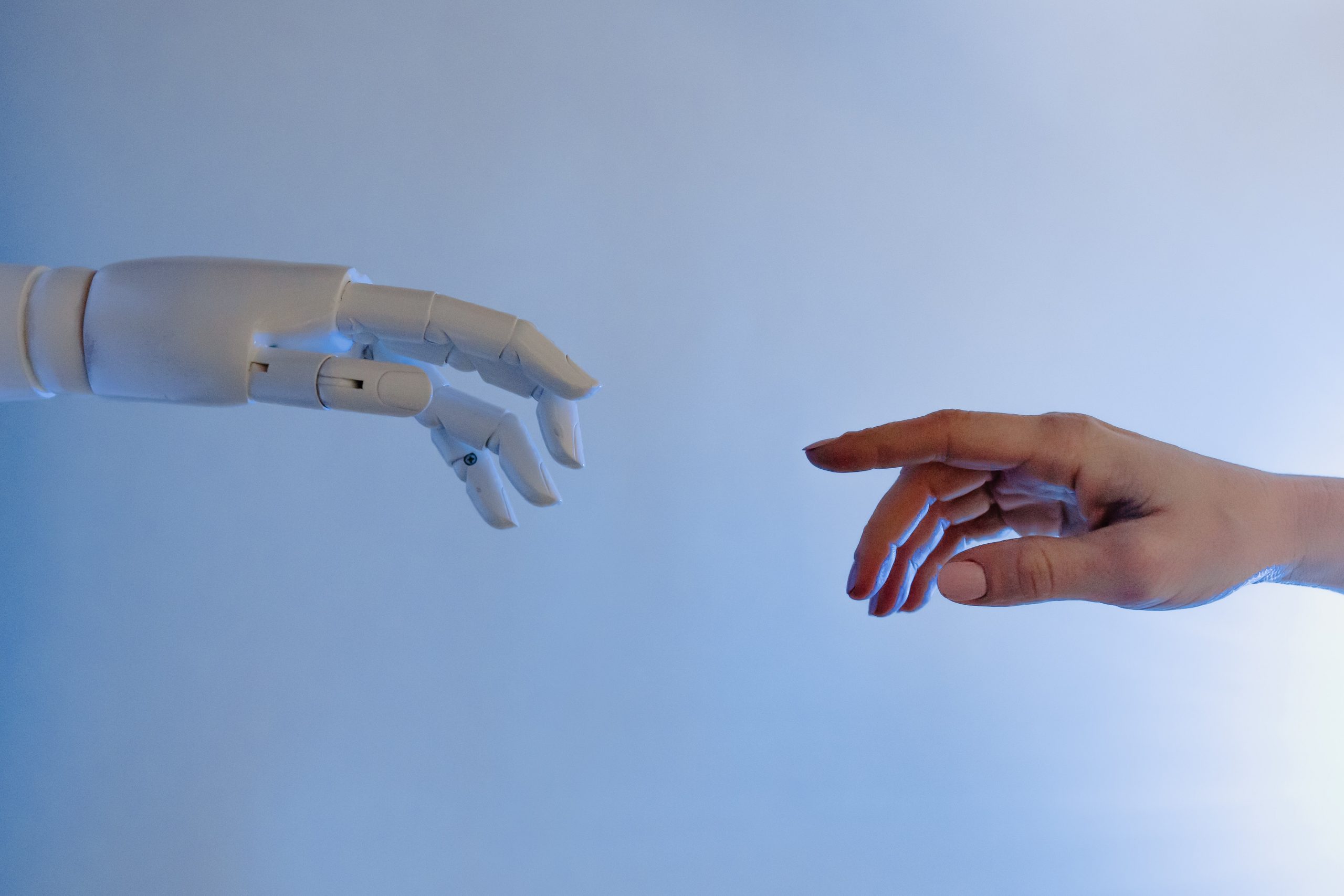
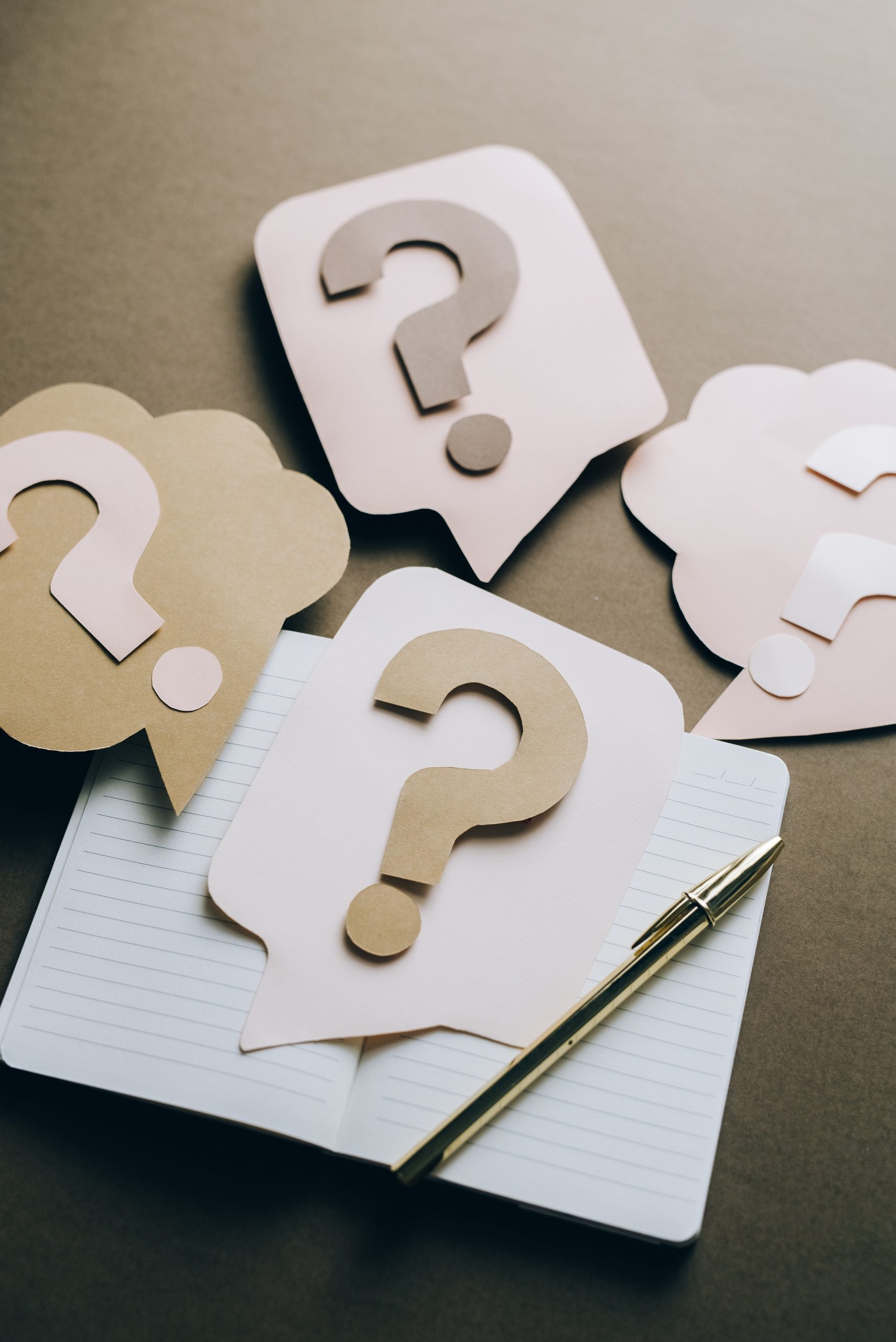
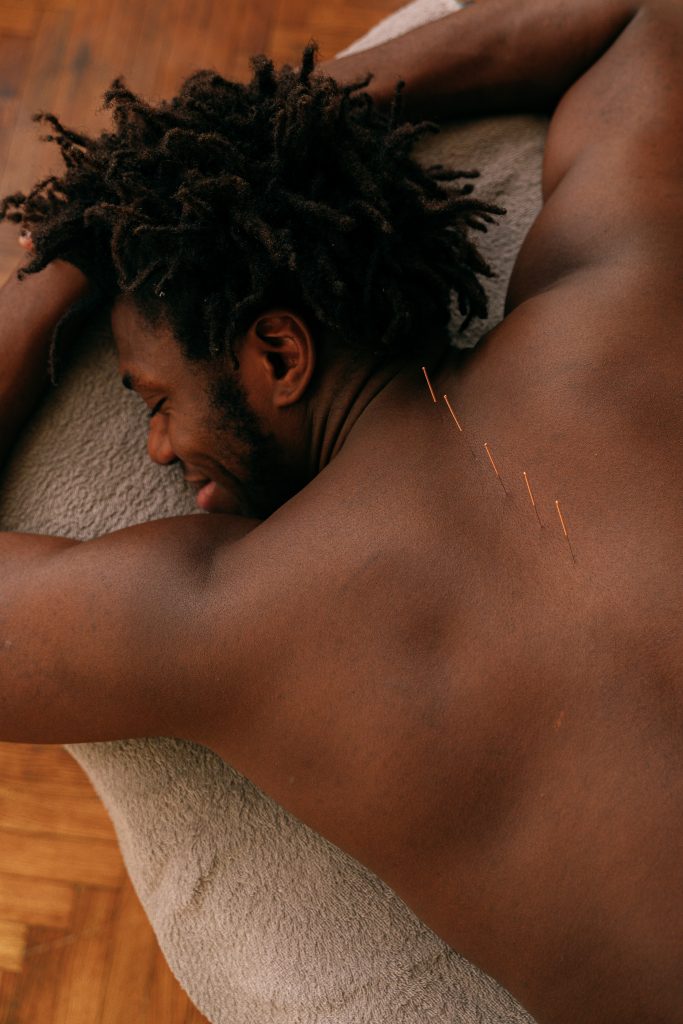
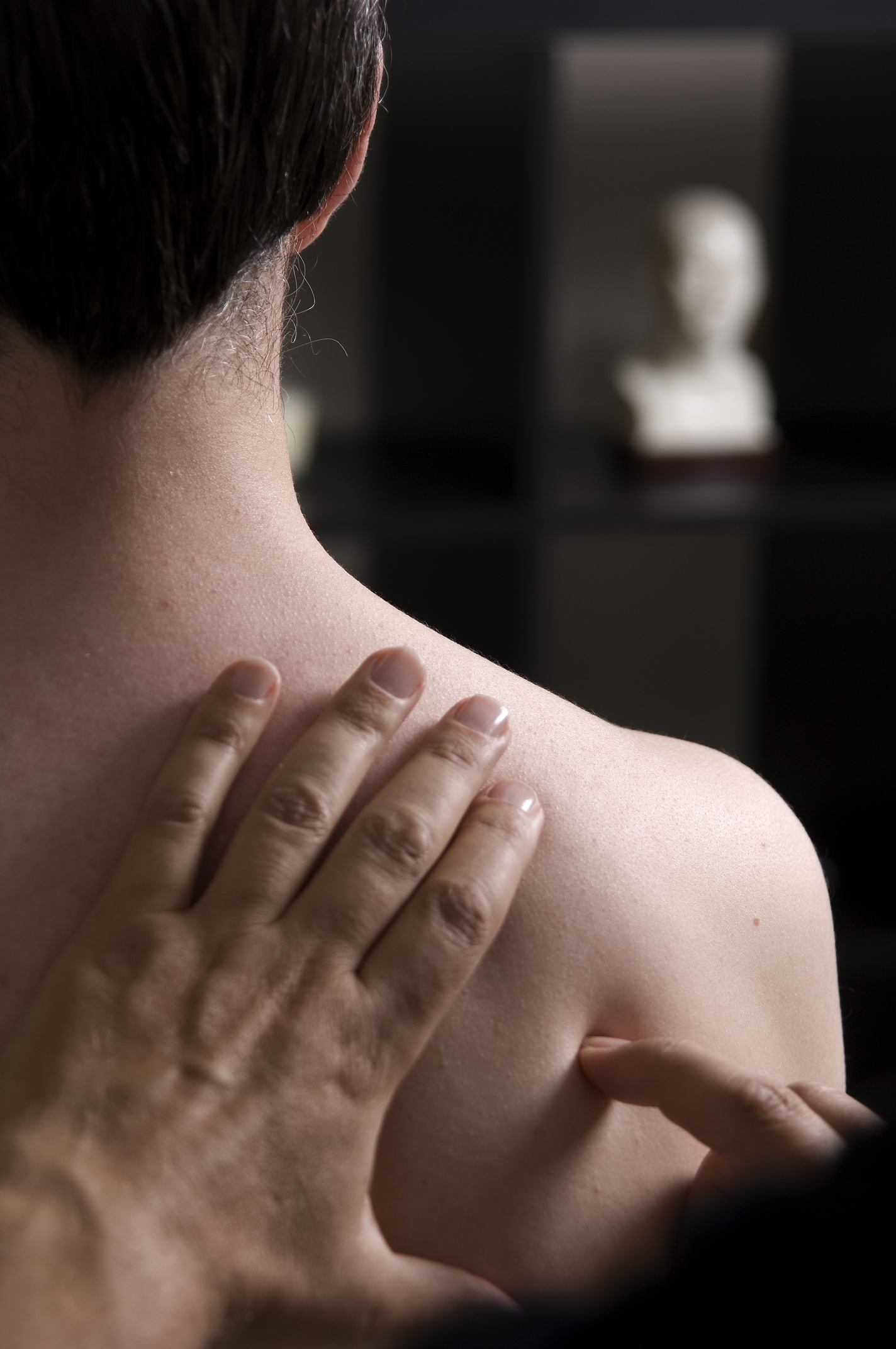

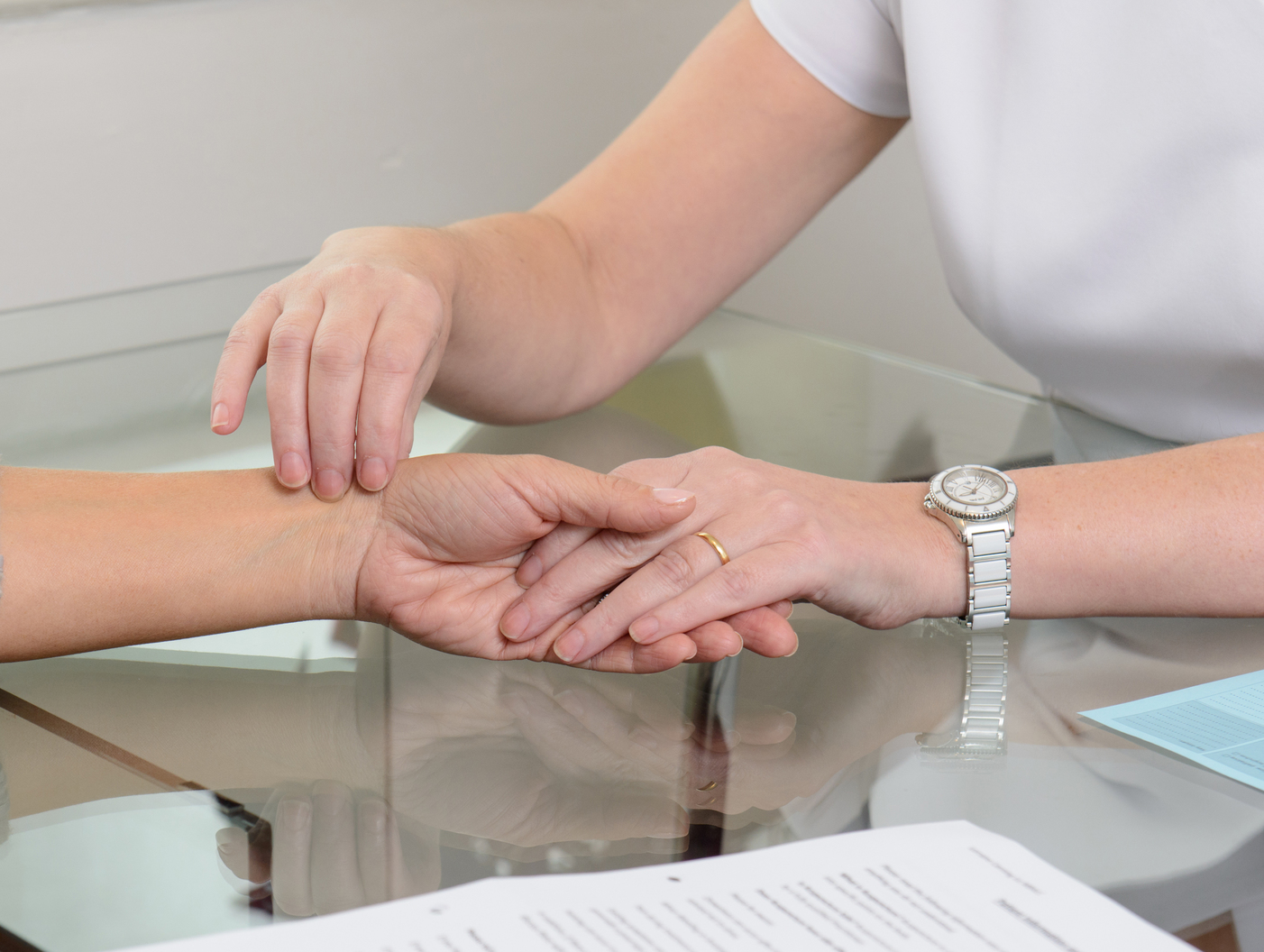
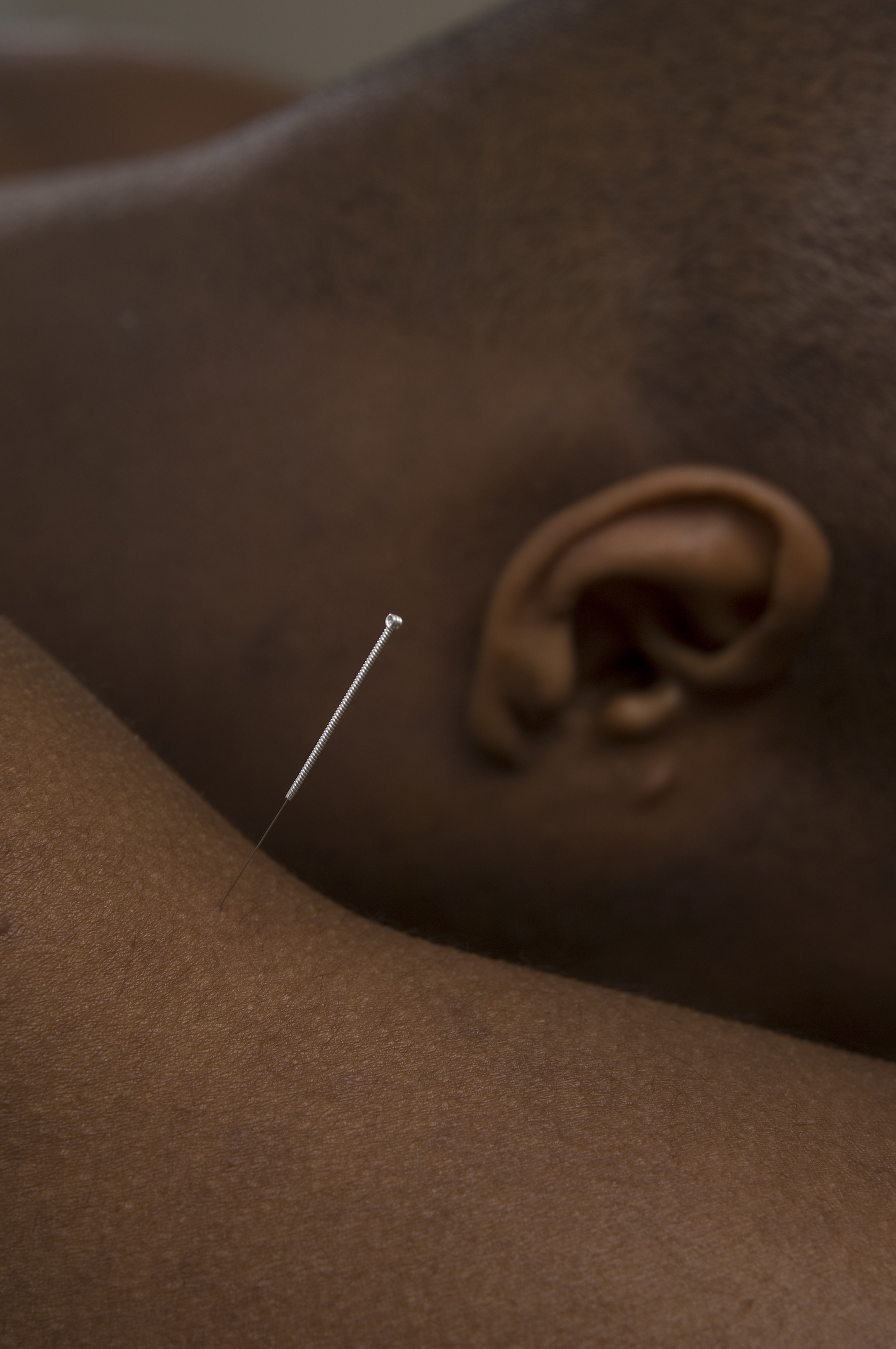 Helen: How can someone interested in acupuncture find out more, and book in with you?
Helen: How can someone interested in acupuncture find out more, and book in with you?
